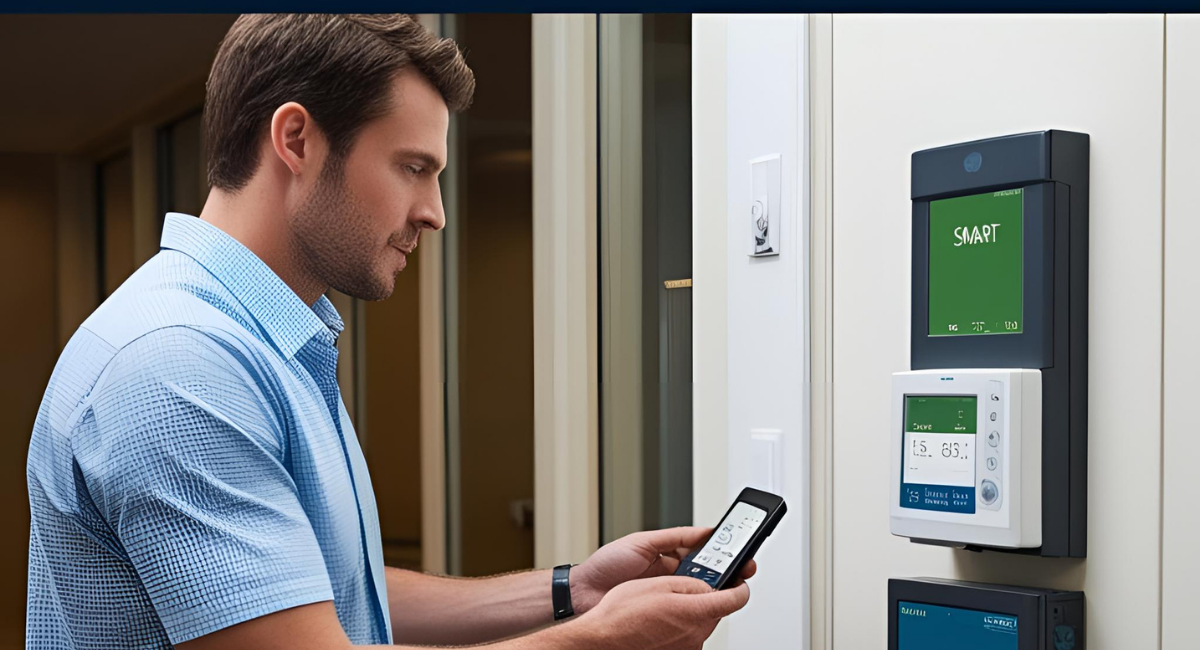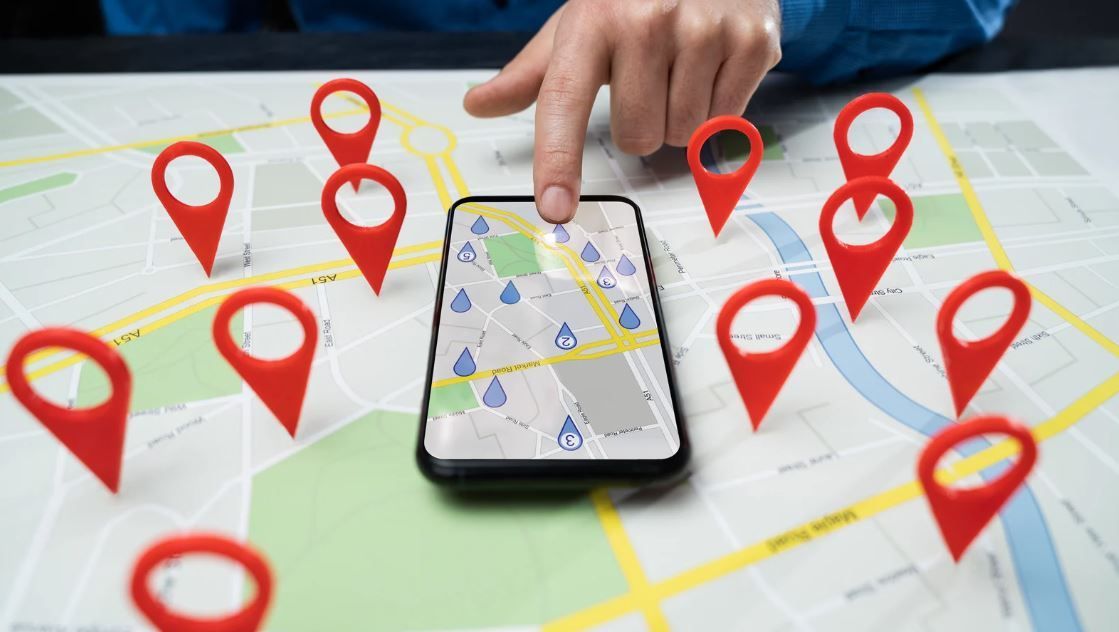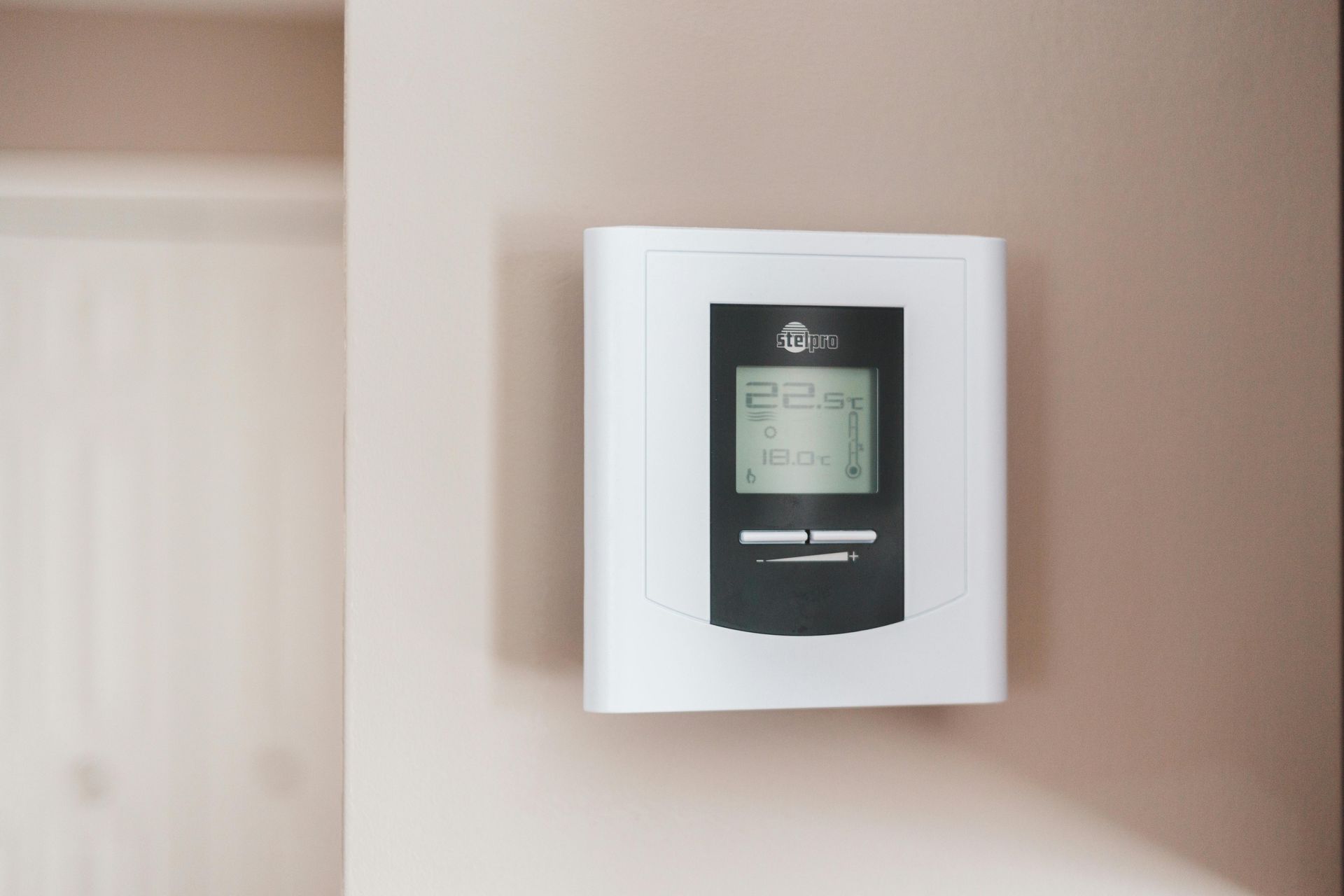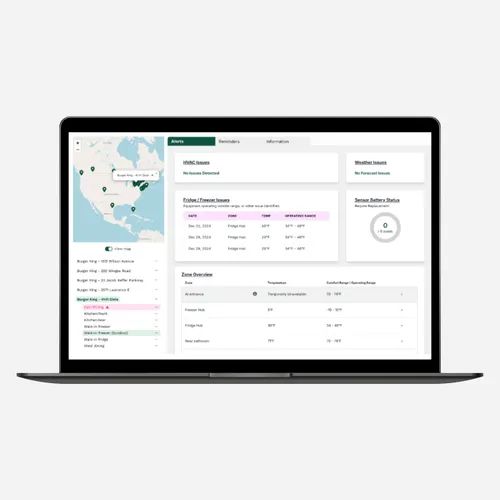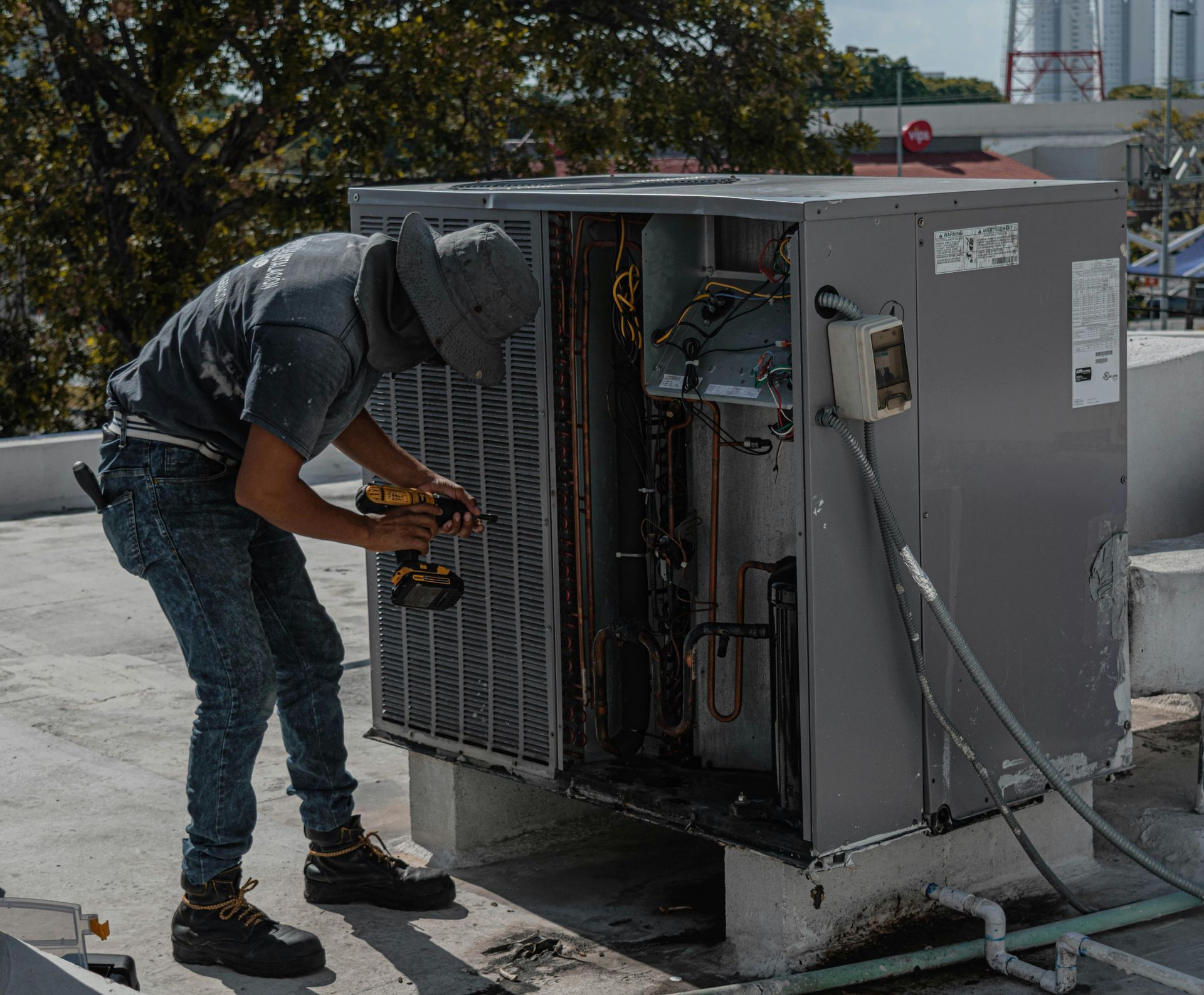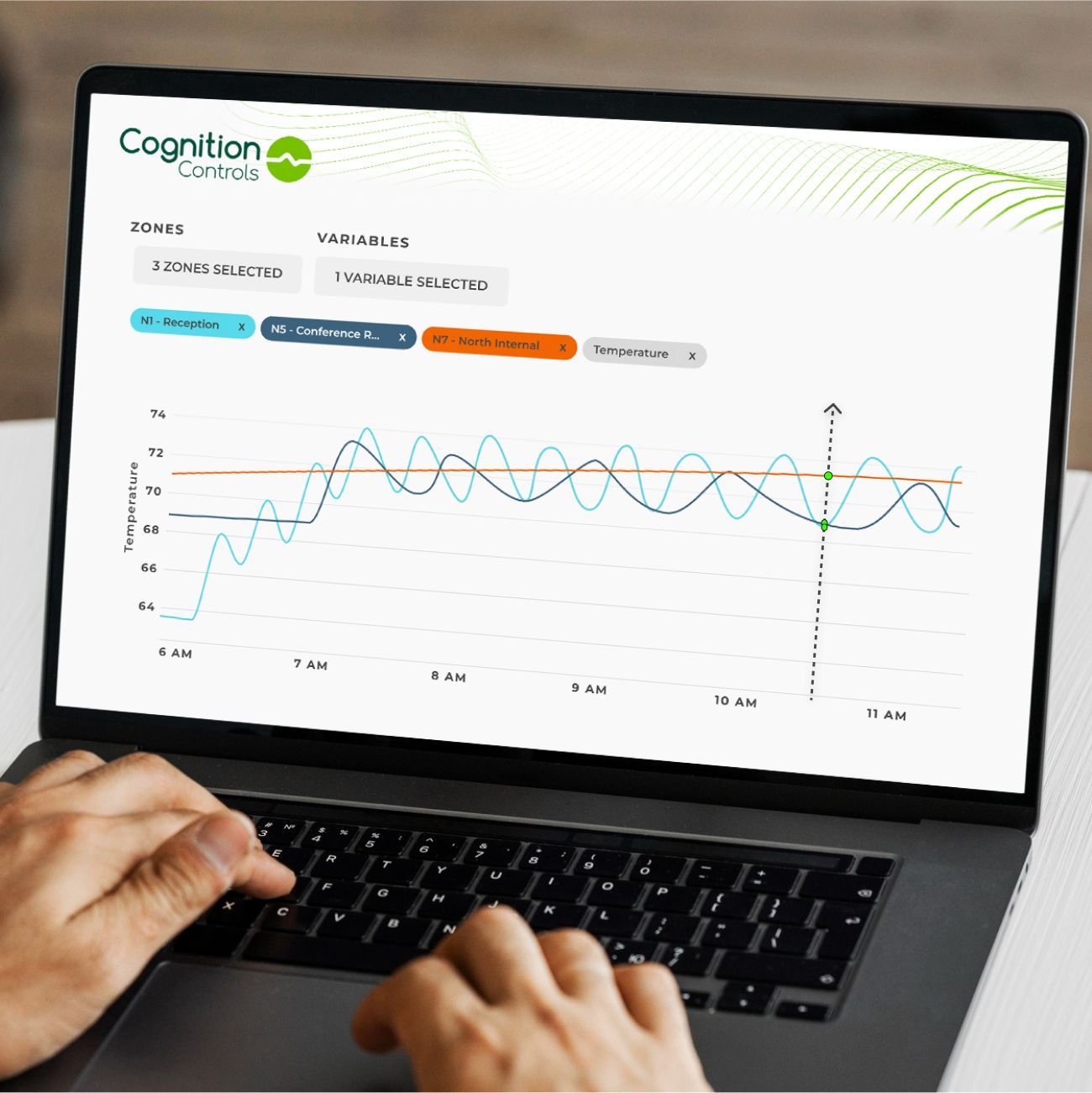Smart Building Controls Cut Energy Costs for Smaller Government Buildings
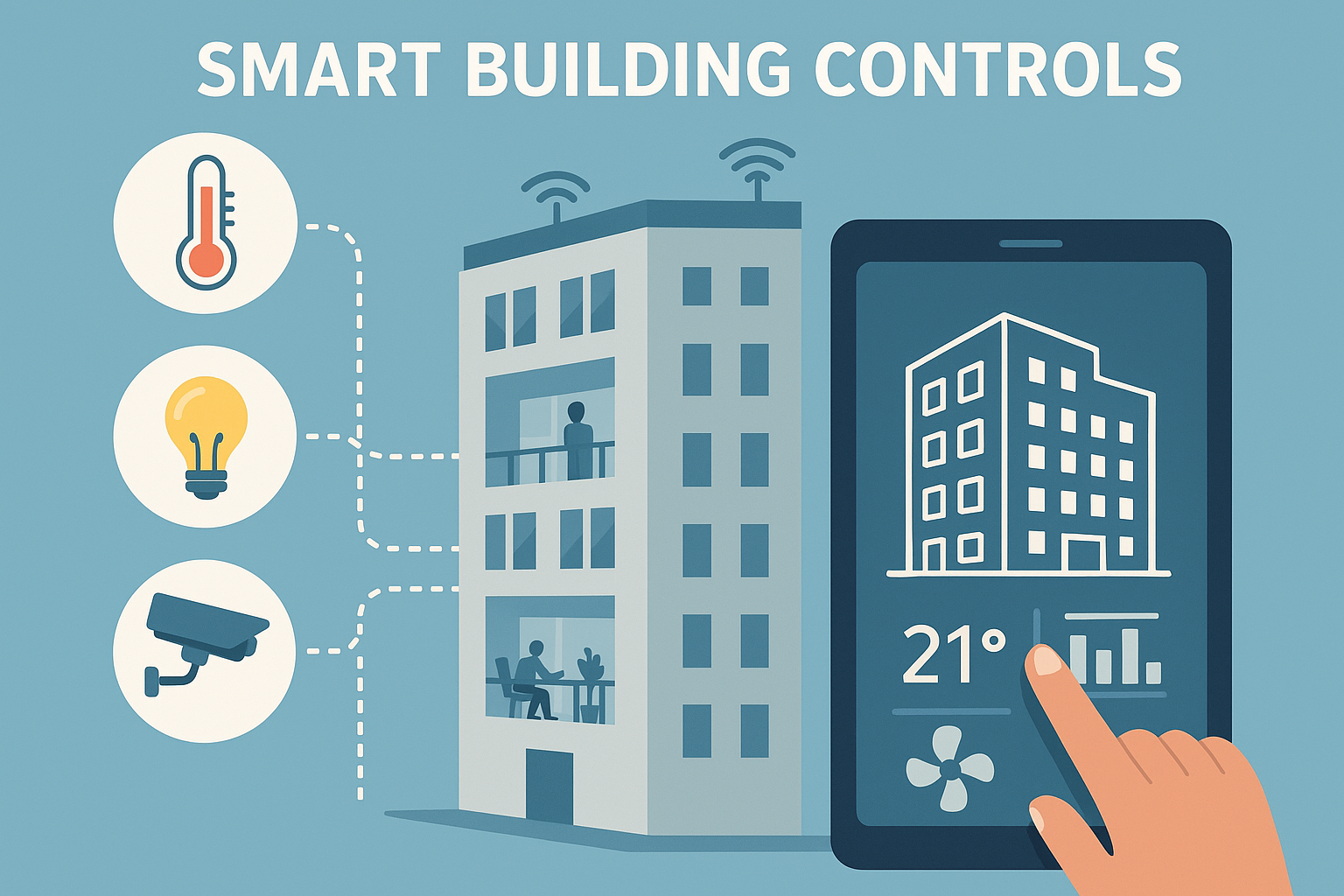
Government facilities often face a dual challenge: managing rising energy costs while ensuring operations run smoothly. If you're dealing with inefficient systems and ballooning bills, smart building controls might just be the solution. These systems not only simplify energy management but also reduce operational expenses. Here are five practical ways they can help your facility save energy, money, and time.
1. Automated Energy Use Scheduling
Does your building run heating, cooling, or lighting systems 24/7, even when they’re not needed? Many government buildings struggle with outdated systems that consume more energy than necessary. Smart controls solve this by automating schedules.
With these thermostat controls, you can program lights to turn off after office hours or set thermostats to adjust to energy-saving modes during low-occupancy times. This eliminates wasteful practices without requiring constant oversight.
Problem solved: Say goodbye to unnecessary energy use during evenings or weekends.
2. Real-Time Energy Monitoring
Ever wonder where your energy dollars are going? Without insights into your building's energy consumption, it’s hard to know what’s causing those high bills. Real-time monitoring in smart controls provides clarity by giving you the data you need to identify energy hogs.
For example: Real-time dashboards can show which equipment is using more power than expected, making it easy to identify faulty or outdated systems that need attention.
Why it matters: When you know exactly where inefficiencies lie, you can take targeted action to drive down costs.
3. Optimize HVAC Operations
Heating, ventilation, and air conditioning (HVAC) systems are often the biggest energy consumers. Left unchecked, they can quickly drain your budget. Smart building controls optimize HVAC performance by using sensors to adjust settings based on occupancy, weather conditions, or even usage patterns.
Compared to traditional systems, which operate on fixed schedules, smart controls make sure HVAC only works when and where it’s needed. For instance, they can reduce cooling in unoccupied conference rooms instead of blanketing the entire building with conditioned air.
The result: Lower energy bills and improved comfort levels for staff and visitors.
4. Streamline Maintenance with Alerts
Fixing energy-related problems before they snowball into larger issues is key to keeping costs in check. Smart building controls can send alerts for anomalies like unexpected spikes in energy use or equipment starting to fail.
For smaller government facilities juggling multiple systems, this proactive monitoring prevents small inefficiencies from turning into costly repairs. Think of it as having an extra set of eyes on your operations at all times.
Did you know? Facilities that use proactive monitoring report fewer breakdowns and lower repair costs than those relying solely on reactive maintenance.
Time-saver bonus: Maintenance teams know exactly where to focus their attention instead of wasting time on manual checks.
5. Leverage Energy Usage Comparisons
One of the most valuable features of smart controls is their ability to provide comparative benchmarking. You can analyze how your facility’s energy use stacks up against similar buildings in your region or industry.
Why this works: If your building consumes significantly more energy than others, you’ve got a clear indicator of inefficiencies to address. On the flip side, tracking improvements over time makes it easy to measure the impact of upgrades, so you can justify further investments to stakeholders.
Pro Tip: Use these comparisons to assess whether your current system meets your needs or if transitioning to advanced smart controls would deliver greater savings.
Why Smart Building Controls Are a Smart Move Especially for Small Government Buildings
Investing in smart building controls isn’t just about reducing energy bills. It’s about building a more efficient, environmentally friendly, and cost-effective infrastructure. Here’s what you stand to gain:
- Cost Savings: Lower utility bills and reduced operational expenses.
- Sustainability: Greater energy efficiency aligns with government mandates for reducing environmental impact.
- Peace of Mind: Proactive monitoring reduces stress by catching issues before they spiral.
When you incorporate these advanced systems into your facilities, you’re creating a streamlined, smarter way to manage energy.
Explore how smart building controls can transform your energy management strategy today.
FAQs
How can I choose the best smart building control system for my government facility?
When selecting the best smart building control system, consider factors like scalability, ease of integration with existing infrastructure, and real-time monitoring features. Look for systems that provide customizable automation, detailed energy usage insights, and proactive alerts. Alternatively, you can simply reach out to Cognition Controls.
Are smart building controls truly cost-effective for government facilities?
Yes, smart building controls for government facilities are highly cost-effective. While the initial investment might seem high, the long-term energy savings, reduced maintenance costs, and improved efficiency outweigh the upfront cost. Features like automated scheduling, real-time energy tracking, and optimized equipment performance guarantee significant operational savings over time.

